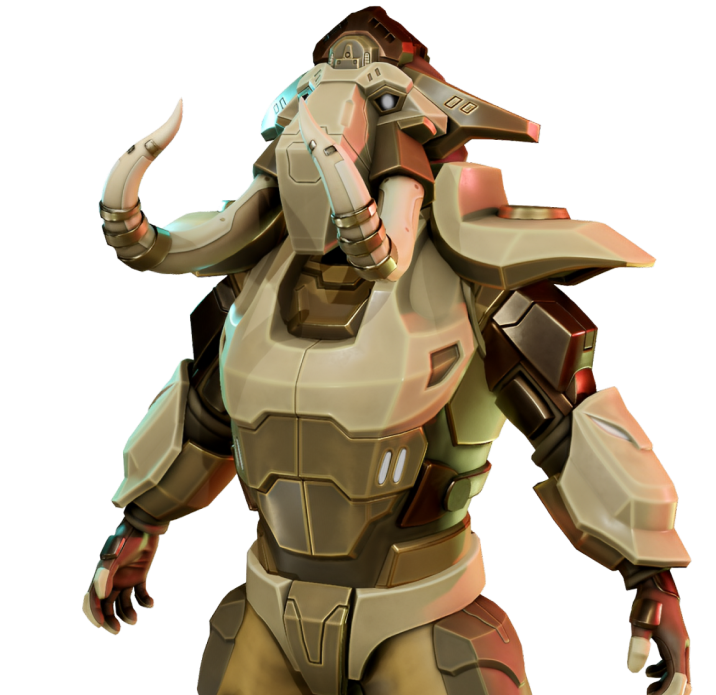Bringing ideas to life has never been more exciting, thanks to the power of 3D Art Services. Whether for gaming, film, advertising, or product visualization, 3D art transforms concepts into stunning visual representations. From character modeling and environment design to animation and rendering, 3D art services help businesses and creators push the boundaries of imagination.
But how do these services work? What are the key benefits? And how can industries leverage 3D art to enhance their projects? In this article, we explore the process, applications, and advantages of 3D Art Services through a question-and-answer format.
Q1: What are 3D Art Services, and why are they important?
A: 3D Art Services encompass a range of digital design solutions that create three-dimensional models, textures, animations, and visual effects. These services are used in industries such as gaming, film, architecture, e-commerce, and marketing.
Why are they important?
- They bring ideas to life with realistic and stylized visualizations.
- They enhance storytelling and immersive experiences.
- They improve product presentation and customer engagement.
- They streamline design and prototyping processes.
Whether it's a highly detailed game character or a photorealistic product render, 3D art services are vital for modern visual content.
Q2: How does the process of creating 3D art work?
A: The process of 3D Art Services generally involves several key stages:
- Concept Development: Initial sketches and brainstorming based on the client's vision.
- Modeling: Creating the 3D shape or structure using software like Blender, Maya, or ZBrush.
- Texturing: Applying colors, patterns, and materials to give the model a realistic or stylized look.
- Rigging & Animation (if needed): Adding bones and movement for animated characters or objects.
- Rendering: Producing high-quality images or videos from the 3D model.
- Final Touches & Delivery: Enhancing visuals and providing final assets for client use.
This structured approach ensures that ideas transition smoothly from imagination to a tangible 3D creation.
Q3: What industries benefit from 3D Art Services?
A: Various industries use 3D Art Services to enhance their products, services, and marketing. Key industries include:
- Gaming: Character modeling, environments, and animations for video games.
- Film & Animation: CGI effects, animated characters, and VFX sequences.
- Architecture: 3D visualizations and walkthroughs for building designs.
- E-Commerce & Advertising: Product modeling and interactive 3D ads.
- Automotive & Manufacturing: Prototyping and realistic vehicle renders.
No matter the field, 3D art services provide a competitive edge by improving visuals and engagement.
Q4: How do 3D Art Services improve game development?
A: In game development, 3D Art Services are crucial for creating immersive and visually appealing experiences. They contribute to:
- Realistic and stylized character modeling.
- Detailed game environments and assets.
- Smooth animations for lifelike movements.
- Optimized models for high performance on various devices.
By outsourcing 3D art, game developers can focus on programming and mechanics while ensuring top-tier visual quality.
Q5: How do businesses use 3D Art Services for product visualization?
A: Businesses, especially in e-commerce, use 3D modeling to showcase products more effectively. Instead of traditional photography, 3D Art Services offer:
- 360-degree product views for online stores.
- Customizable product configurations (e.g., colors, materials).
- Augmented reality (AR) integration for virtual try-ons.
- Photorealistic renders that enhance marketing campaigns.
This approach not only improves customer engagement but also reduces costs associated with photoshoots.
Q6: What software and tools are commonly used in 3D Art Services?
A: Professional 3D artists use a variety of industry-standard software, including:
- Blender – Open-source and versatile for modeling, texturing, and animation.
- Autodesk Maya – Widely used for animation and complex 3D modeling.
- ZBrush – Best for sculpting highly detailed characters and assets.
- Substance Painter – Used for texturing and material application.
- Unreal Engine & Unity – Game engines that integrate 3D assets for real-time rendering.
Using the right tools ensures high-quality 3D assets that meet industry standards.
Q7: What is the difference between low-poly and high-poly 3D models?
A: Low-poly and high-poly models refer to the level of detail in a 3D model, impacting performance and visual quality.
-
Low-Poly Models:
- Fewer polygons, optimized for games and AR/VR applications.
- Faster rendering, suitable for real-time experiences.
- Used in mobile games and virtual reality.
-
High-Poly Models:
- High detail with complex geometry.
- Requires more processing power and rendering time.
- Used for cinematics, advertising, and pre-rendered visuals.
Choosing between low-poly and high-poly depends on the project's goals and platform requirements.
Q8: How do 3D Art Services support augmented and virtual reality?
A: 3D Art Services are essential for AR and VR applications, providing:
- Optimized 3D assets for smooth real-time rendering.
- Highly detailed environments for virtual experiences.
- Realistic character models for VR simulations.
- Interactive elements for immersive engagement.
With the rise of the metaverse and AR commerce, high-quality 3D assets are more in demand than ever.
Q9: Can small businesses benefit from 3D Art Services?
A: Absolutely! 3D Art Services are not just for large corporations. Small businesses can use them for:
- Brand storytelling through unique 3D visuals.
- Cost-effective product prototypes.
- Custom 3D animations for marketing.
- Engaging social media content with 3D elements.
With the availability of freelance 3D artists and agencies, small businesses can access high-quality 3D art at affordable rates.
Q10: How do I choose the right 3D Art Service provider?
A: To select the best 3D Art Services provider, consider:
- Portfolio Quality: Check past work to ensure it matches your vision.
- Industry Experience: Choose a provider with expertise in your field.
- Technical Capabilities: Ensure they use industry-standard software.
- Turnaround Time & Pricing: Balance affordability with quality.
- Client Reviews: Look for feedback from previous clients.
Finding the right provider ensures that your vision is effectively brought to life.
Conclusion
3D Art Services bridge the gap between imagination and reality, enabling industries to create stunning visuals, immersive experiences, and engaging products. Whether for gaming, advertising, product visualization, or virtual experiences, 3D art plays a crucial role in modern digital media.
By leveraging professional 3D art services, businesses and creators can unleash their ideas, enhance their brand presence, and bring their creative visions to life with stunning detail and precision.





Leave a comment